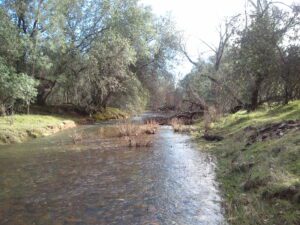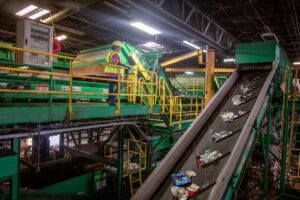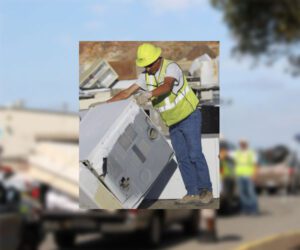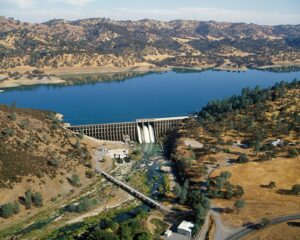Environmental stewardship is a core value of the Anderson Landfill culture. This facility dedicates much of its nonindustrial area to benefit the ecological richness of native plants, insects, and animals. Industrial operations are strategically planned to minimize impacts to the surrounding ecosystem.

Anderson Landfill’s Wildlife Pledge
Since 2016, Anderson Landfill has continuously maintained certification by The Wildlife Habitat Council for an ongoing habitat improvement project focused on the Western Bluebird, a charismatic species facing population declines in California. Western Bluebirds inhabit open woodlands, including oak savannas, pine forests, and meadows with scattered trees. They are also commonly found in orchards, gardens, and suburban areas, but habitat loss and competition for nest sites with non-native bird species like the European Starling and House Sparrow have caused challenges for the thrush species. Conservation efforts, however, including the provision of nest boxes, have helped stabilize and even increase their populations in certain areas.
Working with local schools, Anderson Landfill constructed and installed Western Bluebird nest boxes throughout the protected habitat which helped triple the number of sightings of Western Bluebirds in the habitat. In addition, The Anderson Landfill submits monitoring data of nest boxes to the Cornell Lab of Ornithology. Data submitted by Anderson Landfill provides researchers with additional information to better understand Western Bluebird behavior.
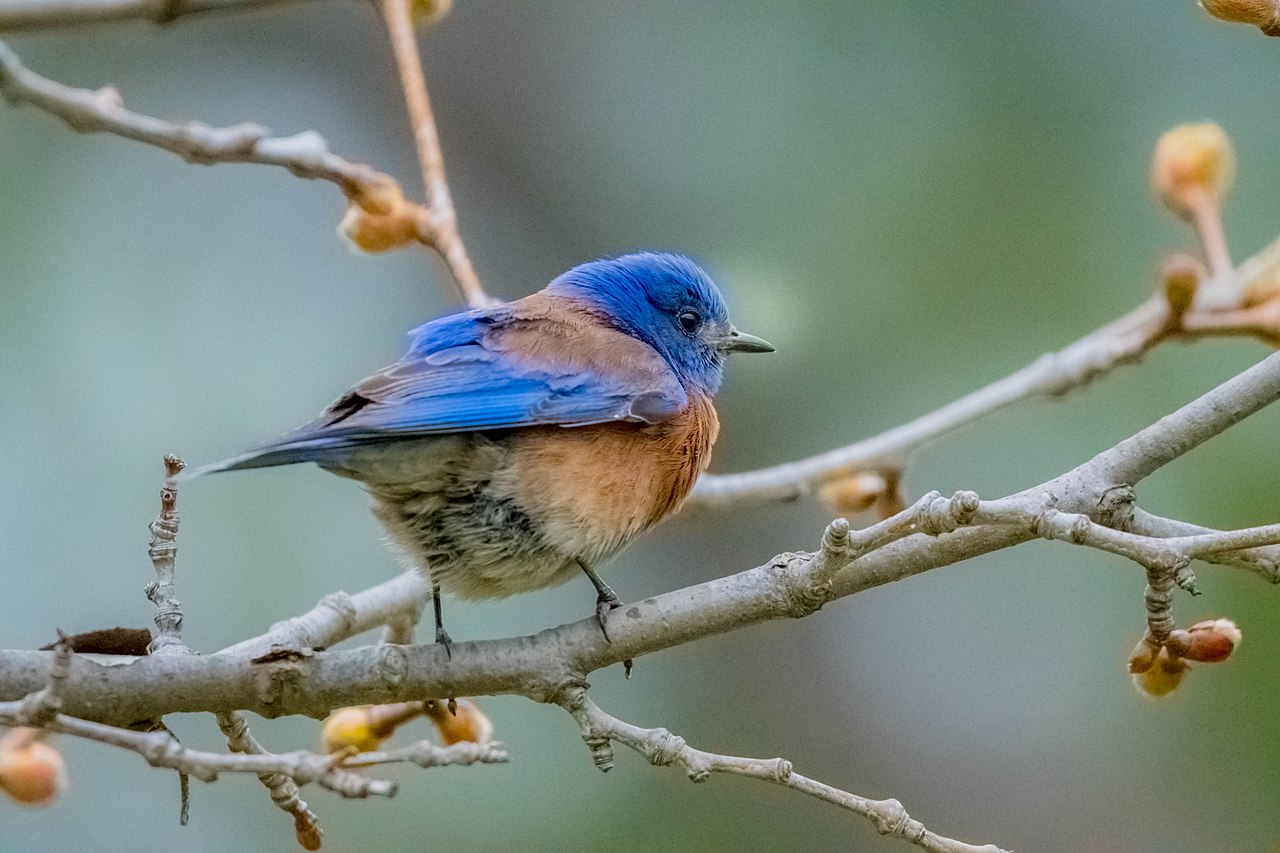
photo by Pranav Tadepalli, CC BY-SA 4.0
Cultivating a Diverse Ecological Community
Each species within an ecosystem plays a unique role or niche in contributing to a variety of ecological processes. A diverse community ensures that these functions, such as nutrient cycling, pollination, seed dispersal, and pest control, are effectively carried out. Efforts to increase Western Bluebird sightings by planting flowering vegetation and creating grasslands across retired industrial areas has had a tremendous impact on the ecological community at large. Bears, coyotes, raptors, deer, jack rabbits, reptiles and bald eagles are all common sightings across the landfill.

